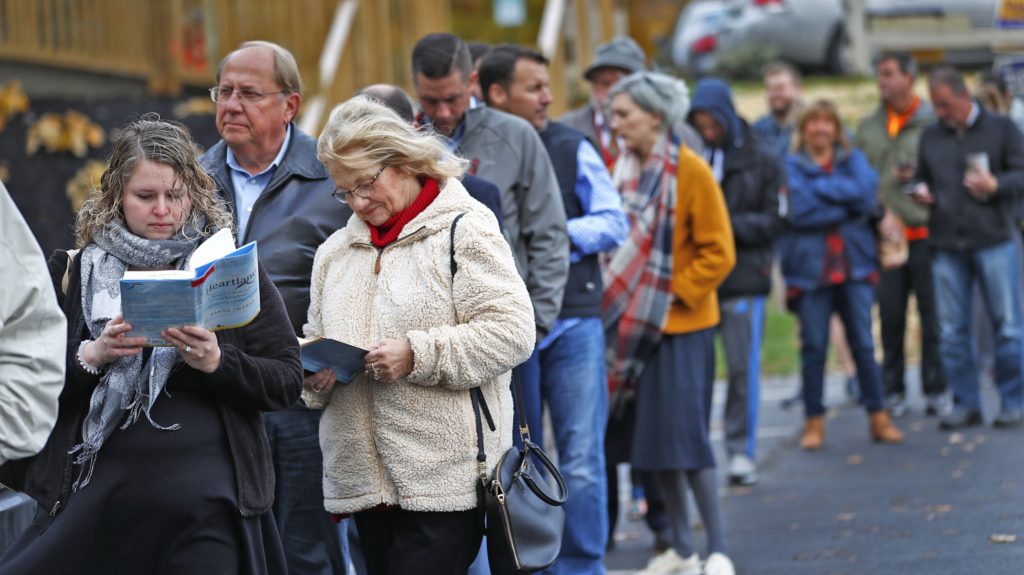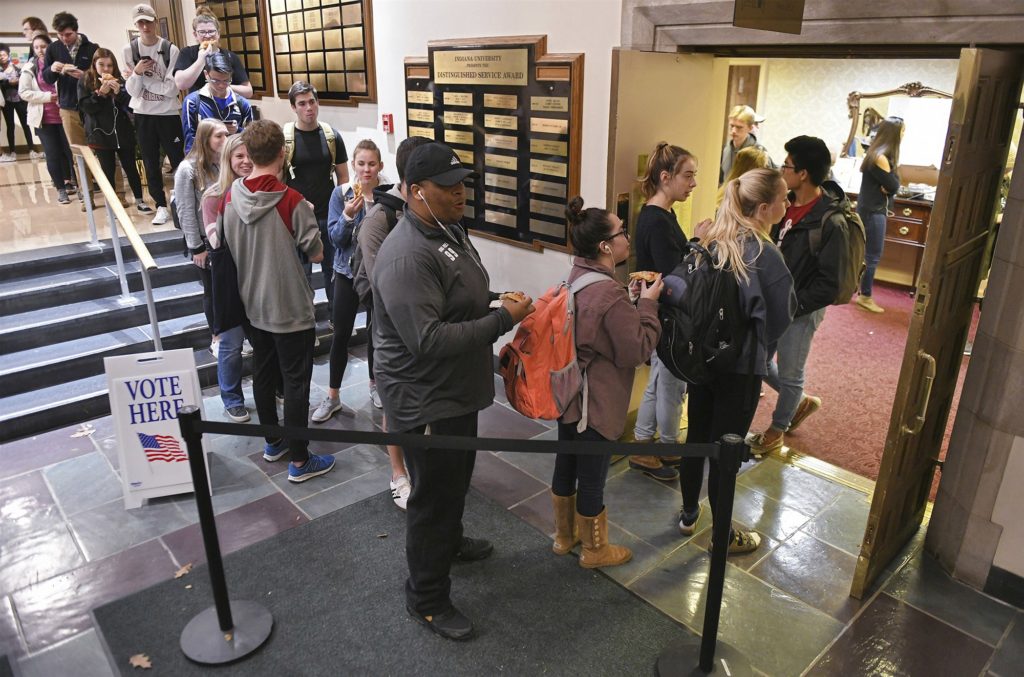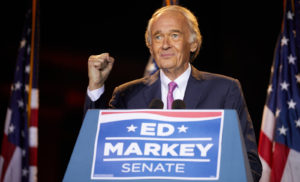
Every college-aged student today, along with their younger professors, grew up in a period of consistent political apathy. This has been evidenced most clearly during last year’s midterm elections. It’s obviously difficult to engender any sort of zeal for the unsexy process and opaque results of congressional elections that are always an (increasingly further) degree of voting away from enacting substantive policy change.
Of course, this all changed with President Trump. Voter turnout rates for the 2018 Midterms reached levels not approached since the 1960s, and the uptick in political interest can be seen in everything from television ratings, to a brief scan of social media.
A common pre-Trump refrain was that we were in a time of political cynicism, the populous was disengaged because they were fed up with the lying politician. There was little interest in the banal cycle of elections and let downs by politicians from both parties. Why would Americans show up to elect leaders they didn’t have faith in?

Looking back, this clearly wasn’t the case, as Trump is the quintessence of that branding and American politics are bleaker than ever. Yet, in my lifetime, this country has never cared more about politics than in the present. We are in a draining and fruitless time to be involved in the political process, but that has only served to spur political interest.
It would be easy then to look towards increasing partisanship as the cause of our increased political fervor. But partisanship was increasing long before Trump. No, the increase in interest seems to have paralleled nicely the injection of crude tribalism into American politics. This is a result of today’s identity politics that have increasingly made the political feel personal. The social and traditional media arms of each party seem to be nearing perfection in their appeals to the unspoken and deeply held anxieties of their bases. With the ubiquity and quality of mobile video, be it of a child in a cage, or that child’s parents crossing the border, there is daily, visceral reinforcement for any ideology you can imagine.
At least while we have Trump, the weight of each election and political moment feels multiplied. Electoral frameworks continue to fail as proper reflections of the will of the public, but American voters have taken this as a challenge. Trump has inadvertently done something amazing in getting the public to care, especially the youth of a generation known for being self-obsessed.
Yet Trump is not a lasting quantity. Once he’s gone, it’s possible—if not, likely—that the urgency of political participation dissipates. That is the drawback of the urgency arising not out a sense of duty or care for the state of the nation but rather out of a love or distaste for a polarizing individual; once this individual goes, so will the political engagement.
This is an issue that will continue to vex politicians, as they must convince the public to not just vote for themselves, but to vote at all. When politicians or media members decry the disappearance of civics from the American public schools, this is one of many symptoms. Elections have always hinged a great deal on turnout, but it is a terrifying prospect that leaders like Trump and rhetoric like we have seen since 2016 seem to be the only way to drive Americans to the polls.
Dante Sacco



